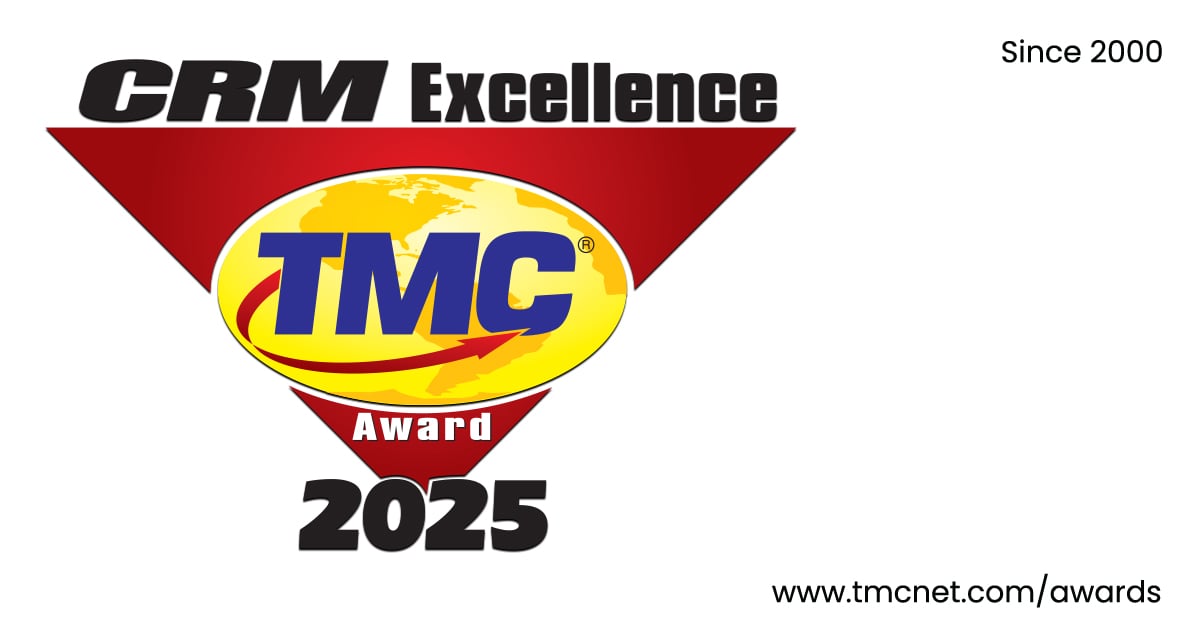
A new report from Clickatell shows that 99 percent of customer service representatives understand the benefits of using chat to enhance the customer experience (CX) as well as drive business revenue and growth. Clickatell, which specializes in CPaaS and chat commerce, revealed the findings in its new Chat Commerce Trends Report.
According to the report, customer service representatives are increasingly being held responsible for business revenues. Clickatell found that 81 percent of representatives are compensated based on the performance and sales statistics of their teams. A whopping 95 percent reported technology or process challenges within their customer service departments that are hindering their success. This includes customers that find their organizations' payment technologies difficult to use, while 41 percent said their teams' reporting and analysis technologies are disjointed.
When it comes to chat apps, WhatsApp, Google Chat and Facebook Messenger are the most frequently used by customer service teams. Those are followed by Instagram Chat, Apple Messages, WeChat, Telegram, Discord, Snapchat, Line, Viber and Signal.
Customer service representatives reported a number of benefits of using chat with their customers. Faster response times and simplicity and ease of use for customers were among the top selling points. These were followed by improved customer satisfaction and increased customer engagement. Additional benefits include customer convenience, building stronger customer relationships, improved agent efficiency, reduced costs for call centers, a lower risk of fraud and the ability to continue from existing or saved chat histories.
“Revenue-generating responsibilities of customer service departments have significantly increased, while many of their technical capabilities have remained the same,” said Pieter de Villiers, co-founder and CEO at Clickatell. “With rising revenue expectations should also come the tools and investments that help customer service departments meet them. Chat commerce providing seamless and secure engagement and transactions that allows representatives to support customers along their entire path to purchase, while also encouraging the opportunity for increased sales.”
Thirty percent of customer service agents named email as their preferred communication method, followed by chat apps at 27 percent. Only 19 percent of agents preferred phone calls.
Edited by
Maurice Nagle





